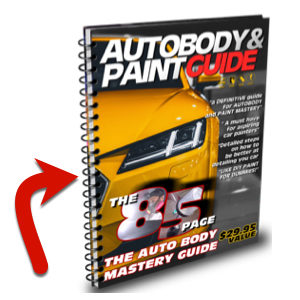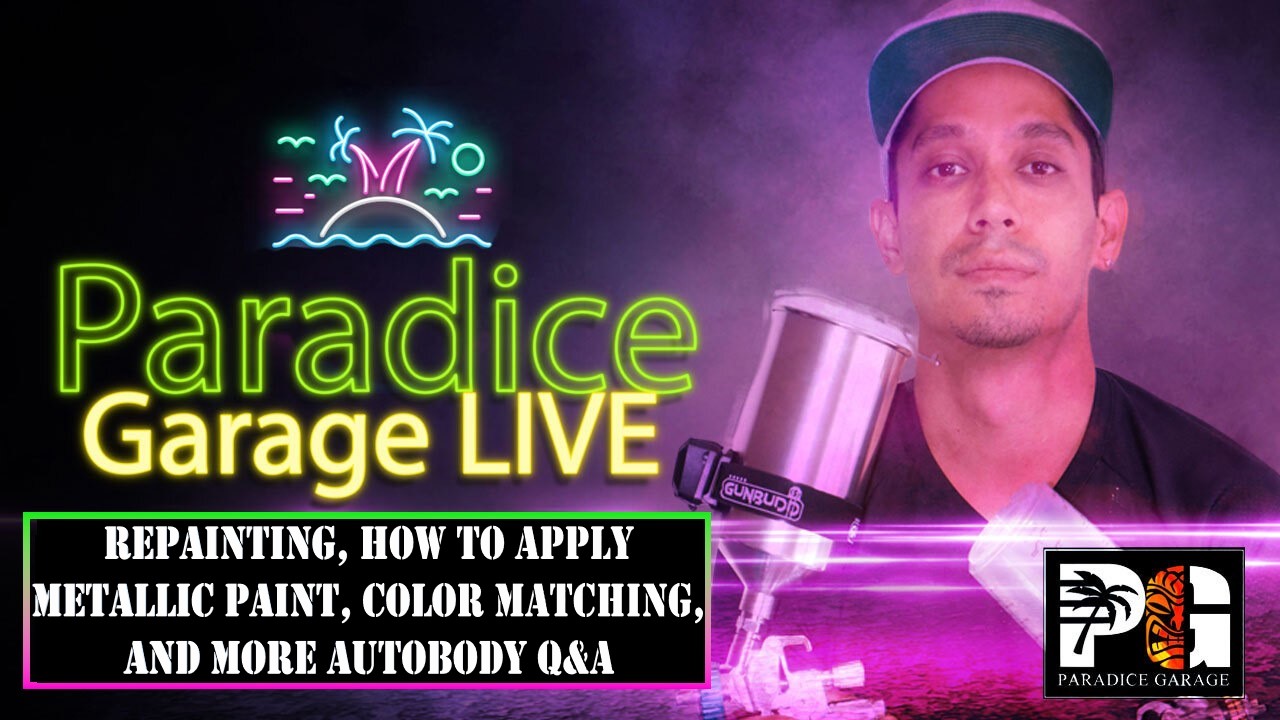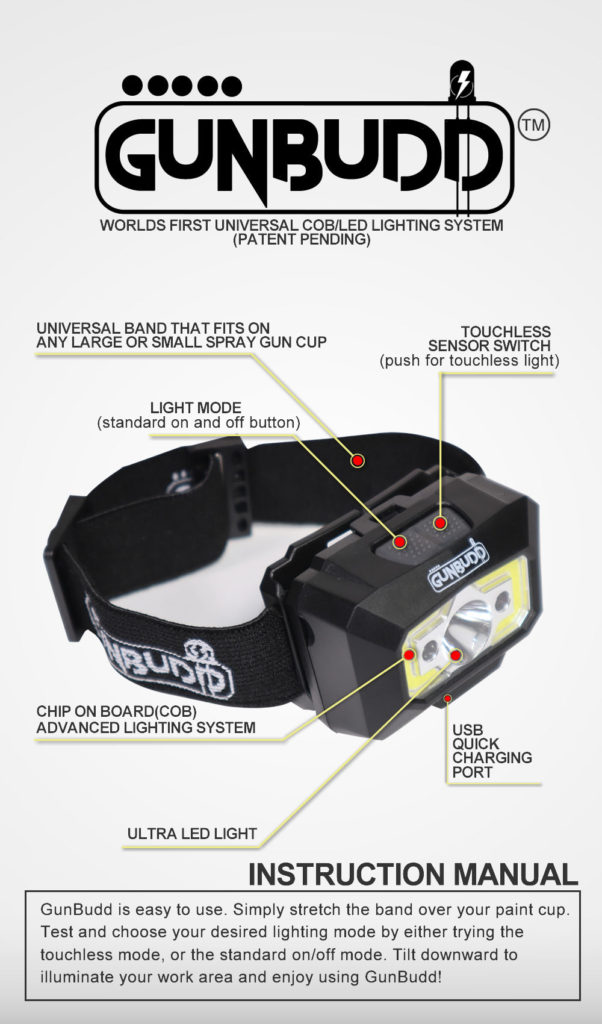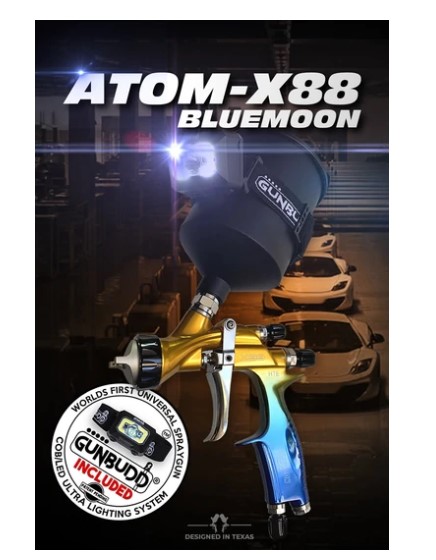When it comes to car painting, there are a lot of things that go into it. Whether you’re repainting your car or doing a touch-up, color matching is key, and metallic paint can give your car an extra layer of flair. In this blog post, we’ll go over the basics of car paint so you can get the job done right. Get Free Auto Body Training Guides and Videos here and don’t forget to LIKE and SUBSCRIBE to my YT channel. Stay tuned for new videos coming out.
QUESTION: I have to respray a car that is a deep lilac pearl that requires a black base coat. Do you think I need to sand all the way down and respray the base black coat or can I just respray the purple pearl?
If you’re doing all of that in one paint job, you don’t have to sand anything. So if you did your black base and you’re putting your pearl on the same day you don’t have to sand. Unless you got a lot of dust in an area or you got runs, that’s when you would kind of sand block it out, re-base it black a little, fix it right and then put your pearl on top.
You have about a 24-hour window, give or take. If you’re going to be doing your black base coat and waiting a week I would scuff it up with like 800 grit and then re-base it. Put a fresh coat of base on it and then put your pearl on.
QUESTION: Respraying my metal after-market roof rack, what primer or coating would be best for this?
If you’re spraying over bare metal, you could use a DTM primer which is direct to metal primer. And then you could sand that and spray right over it, whatever topcoat you’re going to put on it. When you sand it, I would kind of block it out with like a 400 but it depends on what type of finish you want. If you want a really nice glossy paint job, go with like a 400 grit when you sand it.
If you really don’t care and you’re doing a single-stage, you can go a little coarser grit because single-stage is a thick paint and it’ll hide up to 360 sand scratches or even 320. So you don’t have to get as fine with preparation if you’re doing single-stage just keep that in mind. You got more leeway, you don’t have to get that fine and be so tedious with your prep work because single-stage is like pouring on so thick.
QUESTION: Should metallic paint be applied wet like solid paint or like a dry spray?
Always wet no matter what paint you’re painting, you got to paint wet. And if you have a heavy metallic just make sure that you’re spraying your 50% overlay or you could go as much as 60% overlay, a little bit tighter spray widths. I always like criss-cross it to avoid tiger striping.
A number one cause of tiger striping is not keeping a tight spray pattern, not crisscrossing like that, or having a crappy spray gun where your material is coming out heavier in the middle or heavier on the sides with not enough in the middle. So a lot of cheap crap spray guns don’t have an even spray pattern so if you’re doing heavy metallics, single-stage, base coat, or clear coat, just make sure you spray a piece of paper on your wall or something just to see how your paint is laying out.
Just do your test spray, first hit it once, get your spray pattern, it’s usually like an oval-ish look, and then also give it a quick little spray and see how it looks. If it seems thinner in the middle, thicker on the outsides of the fan then it could be the spray gun or you might just need to clean it. Because a dirty spray gun will also affect it with your holes being clogged up on your air cap can affect that because it’s not blowing your air to spread it.
High-Performance Automotive Refinishing Spray Guns and Tools
QUESTION: Enjoying the VIP courses. I have to paint the front and rear bumper on the corvette. Will the flex agent impact Color match with the rest of the Vette?
No, it will not. Honestly, you really don’t even have to put flex agent, paint is already flexible. If you’re going to be hitting a bumper cover hard enough to crack it, to wrinkle it and crack it, it’s going to crack with Flex agent anyway and paint is flexible to a certain extent.
But if you want to add your additive you can add it with no problem. I’m just saying it really doesn’t make a big difference from what I’ve seen over the years, doesn’t make a difference. If you want to use it, use it and it will not affect the color match.
Again, if your color matching, if you’re painting the bumper cover alone without blending into your hood or fenders, you might see a difference because you cannot make old paint look like new paint and when you’re putting a fresh coat of paint on, it might be brighter because of a little bit of fading or sun damage on your old paint job. So the right way to do it is to blend it in and clear coat your whole front end or the adjacent panels, your fenders, or your hood but again, you don’t have to.
Another way if you just wanted to paint panels, just single panels without blending into your fender or hood is to make sure you buff out your adjacent panels when the paint job is over.
So do your paint, let that cure right wait a day or two, then just do a good buffing compound and swirl mark removing polish on your hood to bring out the brilliance again from the paints on your old panels, so it matches better.
You might actually even want to buff out the whole car and that’s what we do all the time if we’re painting single parts. So just kind of putting that out there.



